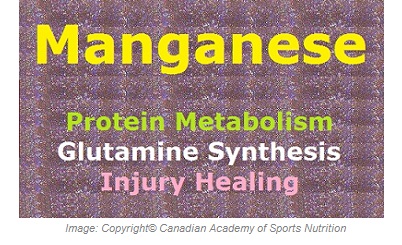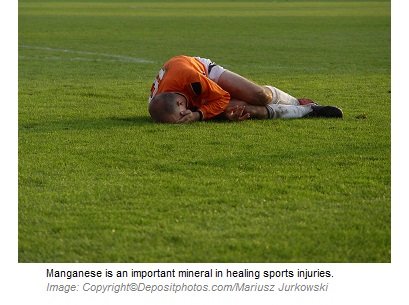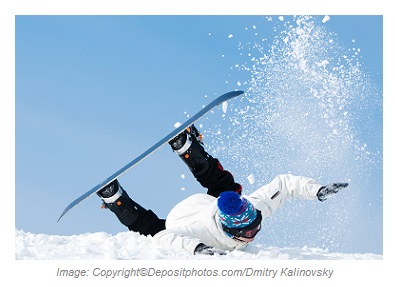Manganese is an essential mineral that is required for bone formation,  healthy connective tissues, fertility, metabolism of proteins, and normal brain function. Not being a popular mineral among public and athletes, manganese is a cofactor for many enzymes in the body.
healthy connective tissues, fertility, metabolism of proteins, and normal brain function. Not being a popular mineral among public and athletes, manganese is a cofactor for many enzymes in the body.
Food Sources and Absorption of Manganese:
Foods high in manages are nuts, whole grains, alfalfa, wheat germ, leafy green vegetables, seeds, and legumes.
An average person has about 20 mg manganese in total in the body, of which approximately 50% is in the bones, and the remaining 50% is in the liver, pancreas, pituitary gland, kidneys, and adrenal glands. The absorption of dietary manganese is about 20% – 25% and is affected by many factors.
Manganese deficiency could lead to impaired growth and skeletal development, infertility, disordered metabolism of carbohydrates and fats, and skin eruption.
Factors that increase the absorption of manganese:
- Alcohol.
- Lecithin.
Factors that decrease the absorption of manganese:
- High doses of calcium, iron, magnesium and phosphorus.
- Zinc.
- Caffeine.
- Soy protein.
Functions of Manganese:
- Is a component of the enzyme SOD (superoxide dismutase), which is a potent antioxidant in the body.
- Has a key role in normal development of the bones and connective tissues.
- Helps metabolize glucose by acting as a cofactor in glycolysis.
- Aids protein metabolism.
- Helps the body use vitamin C, vitamin B1, biotin, and choline easily by activating certain enzymes.
- May help the body produce blood clotting factors.
- By activating glutamine synthetase, it helps the body produce glutamine, which is an important amino acid in the body and the primary source of fuel for the intestinal cells.
- Is important for normal brain development and function.
Athletic Benefits of Manganese:
- May help recover rapidly from strains and sprains.

- May speed up healing from sports injuries.
- May aid reduce post – exercise exhaustion (See “Post – Exercise Exhaustion” under the section of “Athletic Disorders”).
- Accelerates healing process in Osgood – Schlatter disease.
Non – Athletic Benefits of Manganese:
The following medical conditions may benefit from manganese:
- Tardive dyskinesia.
- Osteoporosis.
- Diabetes.
- Hypoglycemia.
- Arthritis.
- Epilepsy.
- Premenstrual syndrome (PMS).
Dosage and Side Effects:
No RDA has been established for this mineral. However, the adequate intake (AI) levels for manganese for men and women are 2.3 mg a day and 1.8 mg a day, respectively.
It is usually added to many multivitamins – multiminerals. The recommended safe dosage for non – athletes is 3 – 5 mg a day. The tolerable upper limit for manages is 11 mg a day. For athletes who train actively, the performance daily intake (PDI) is 15 – 45 mg daily. When suffering from sports injuries, you may take 50 – 100 mg a day for only one week, and then reduce it to 15 – 45 mg a day.
Manganese toxicity may manifest as loss of appetite, weakness, apathy, manic episode, Parkinson – like symptoms, psychosis, and pneumonia – like symptoms.
Interactions:
The following medications may interfere with the absorption of manganese. Thus, they should be taken minimum 2 hours apart.
- Tetracyclines and quinolones.
- Magnesium – containing laxatives.
- Calcium – containing antacids.

